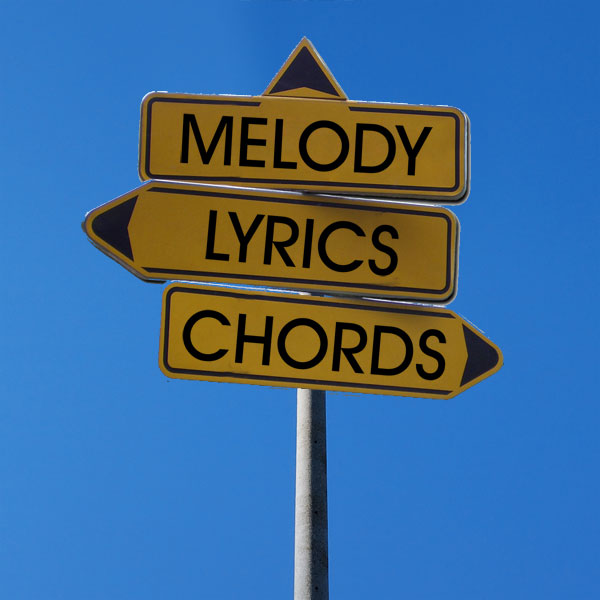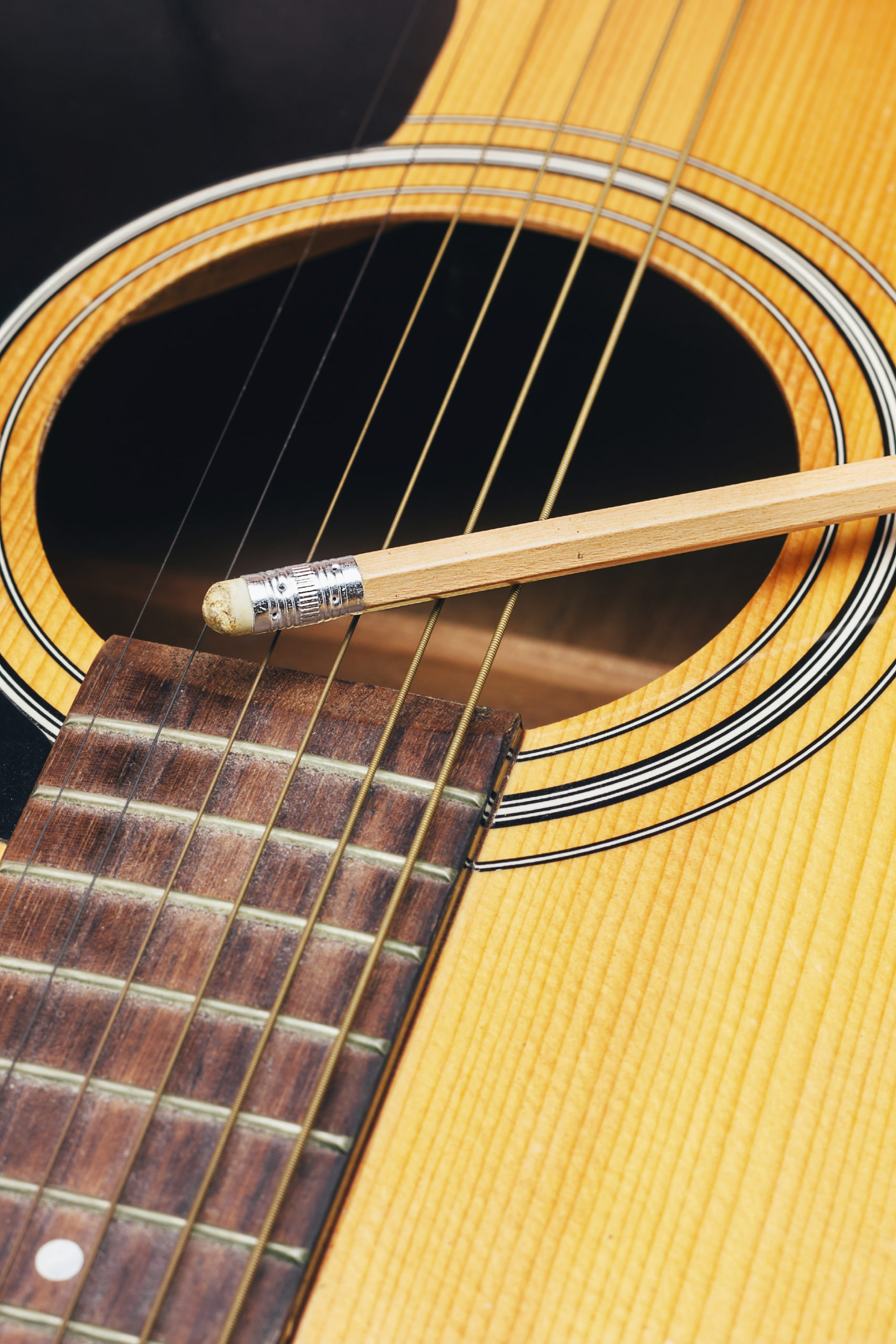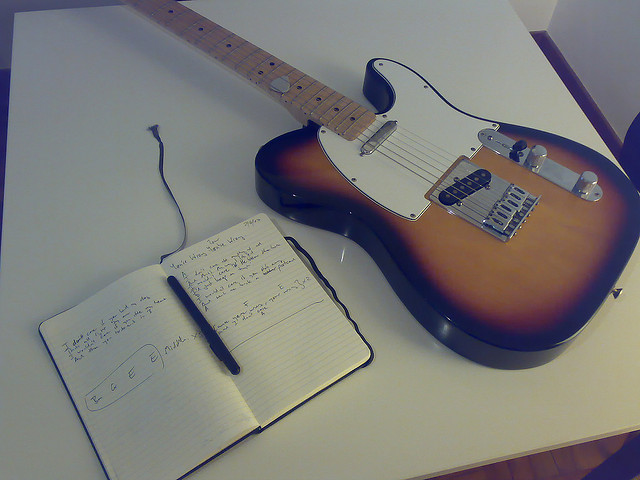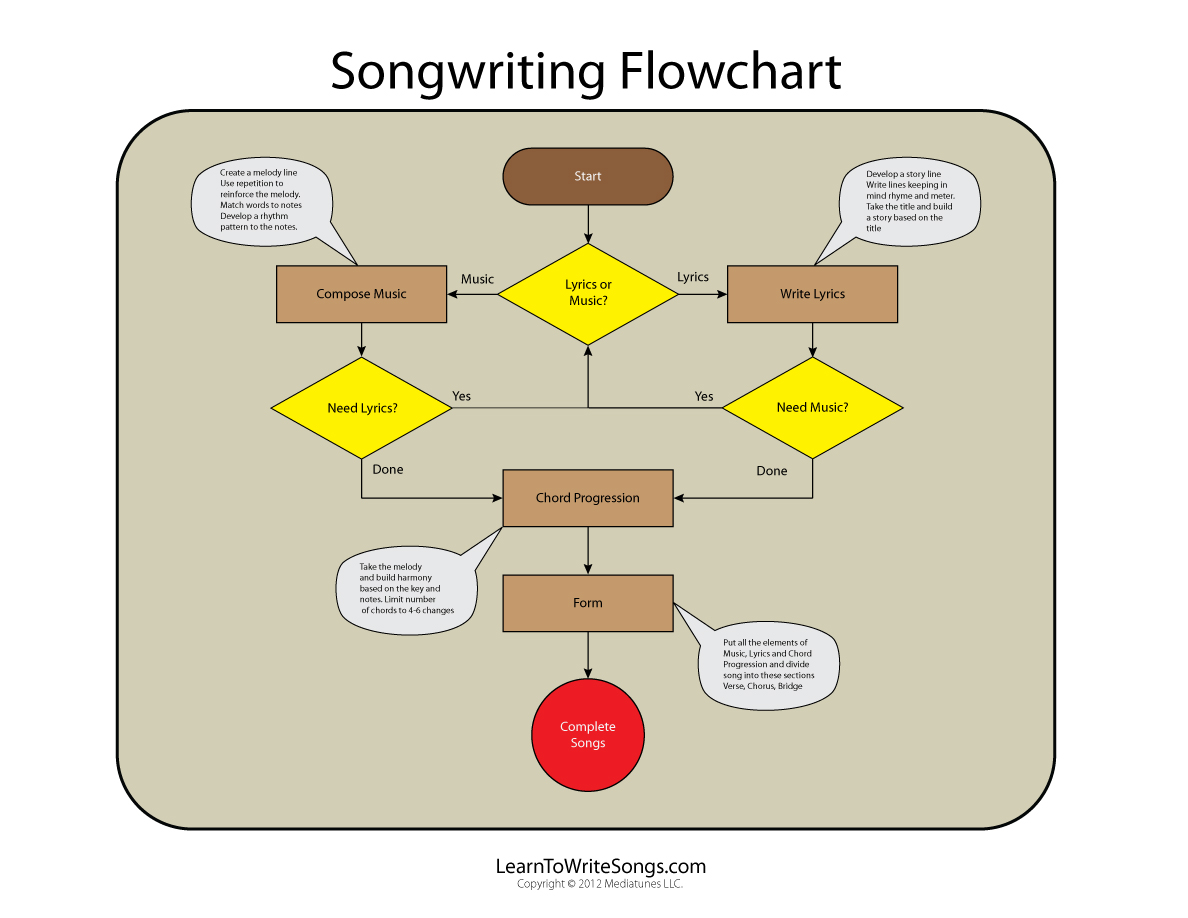What is Your Music Saying?

 Many of us started out as players or instrumentalists before we began writing songs. Our instruments inspired full songs from a simple guitar riff, melodic motif, or piano lick. From those short but foundational pieces we were able to build a verse and chorus and bridge, all stemming from a single seed.
Many of us started out as players or instrumentalists before we began writing songs. Our instruments inspired full songs from a simple guitar riff, melodic motif, or piano lick. From those short but foundational pieces we were able to build a verse and chorus and bridge, all stemming from a single seed.
Use both intuition and tools
Sometimes it’s intuition that tells us where to move to when we write the chorus section after a verse. Sometimes it’s a mixture of intuition and tools, knowing that a rise in pitch and shorter rhythms can create more energy for the chorus section, or that longer notes can contrast beautifully from the short notes we just left and reignite the listener’s attention. Wherever we move to, we can often feel a sense of consistency within the song – as if the ideas are linked rhythmically and melodically and harmonically to each other by some common thread. Many times that thread is a mixture of those elements, whether it be a pattern of pitches or rhythms, or harmonic progressions. It’s the repetition of these patterns that give our song a consistent identity, rather than a feeling of randomly assigned notes.
When we write lyrics, the goal is no different. I like to think in terms of a movie when I write lyrics. I often ask myself, ‘would my character say that, move like that, notice those details, think that way, write my essay, believe those things?’ If I’ve scrambled my character, then it’s a bit like watching a movie that suddenly changes directors mid-way through. And at the first sign of inconsistency, the listener may stop believing in the story. Suddenly we’re on the outside, distanced from our emotions and half-heartedly invested in the outcome. That’s not where we want our listeners to feel when we’re hoping they’ll fall in love with our tune.
Strive for prosody
One of the most important elements of writing a compelling song gets down to prosody – the relationship between the music and the lyric.
- Does the lyric help to emphasize the musical mood?
- What is the musical mood, and what is the music saying on its own?
- What is the lyric saying on its own?
- Does the music help to emphasize the message of the lyric?
These are questions we need to ask ourselves as we’re writing. When the listener feels the message of the lyric intrinsically within the music itself, the effect can be monumentally strong – strong enough to engage emotions that haven’t been engaged in years.
Try these things
There are a few things you can do to make sure your music and lyric are working towards the same goal:
Consider the tempo of your lyric as it’s sung.
Imagine the lyric sung at another tempo, either faster or slower than you currently sing it. How does the message change? Notice how the personality of the lyric changes. Make a list of words you’d use to describe that personality.
Now consider the tempo of your music as it’s played.
Hum the melody as you play or imagine the harmonies behind your melody. What words or images comes to mind? What personality does the music convey – make a list of words that describe this personality.
Read your lyric out loud.
Are there any words that color the personality of the music strongly? What word substitutions would change that color, and perhaps match the mood of your music even more closely?
Trust your instincts to tell you when you’re on track.
Setting the song aside for a few weeks and bringing it back out again after you’ve forgotten the details can be a great way to test the quality of your musical/lyrical union. Do you find the story believable? Is the lyrical message clear? Does the music draw you further into the story?
Take your time with it.
Keep practicing describing the moods inherent within your musical and lyrical choices. Over time, your own personality will shine through those choices with greater clarity, giving your music an effect all its own on your listeners.







Leave a Reply